- Open Source CEO by Bill Kerr
- Posts
- Helping Discover Reliable Information Online, With AI
Helping Discover Reliable Information Online, With AI
An interview with Luke Kim, Founder & CEO at Liner. 🧠
👋 Howdy to the 1,169 new legends who joined this week! You are now part of a 154,626 strong tribe outperforming the competition together.
LATEST POSTS 📚
If you’re new, not yet a subscriber, or just plain missed it, here are some of our recent editions.
🗞️ Launching & Scaling A New Media Giant. An interview with Tim Huelskamp, Co-Founder & CEO at 1440.
🔮 Middle-earth, Big Brother & A Philosopher King: The Palantir Story. The interesting story of Alex Karp and Palantir.
❤️🔥 Building Just-In-Time Performance Management. An interview with Barbra Gago, Founder & CEO at Pando.

PARTNERS 💫
Success starts with the best hires.
At Athyna, we connect you with the innovators and change-makers who drive real growth—because exceptional people build exceptional companies. From engineering and product to design and operations, we’ve got you covered.
Get AI-matched with vetted talent from companies like Google, AWS, Uber, Accenture, and more.
Interested in sponsoring these emails? See our partnership options here.

HOUSEKEEPING 📨
I discovered a new addiction of mine over the last week, The Outdoor Boys, a channel on YouTube that follows a guy named Luke as he—and sometimes his young sons—head out into the wilderness and use bushcraft to survive. It’s much more fun camping tricks than Man vs Wild, but it’s really awesome.
Makes me want to go rogue soon. I have a plan to walk all of the Great Walks in New Zealand, so that’s back at the top of the agenda now after this recent burst of inspiration. It’s a great channel, and although the creator, Luke, has put the channel on hold for the time being, there's a massive backlog of great content if you’re into it. Anyway, enjoy today’s post!

INTERVIEW 🎙️
Luke Kim, Founder & CEO at Liner
Luke Kim is the founder and CEO of Liner, an AI-powered search engine focused on helping users discover and verify trustworthy information online. With a background in Computer Science from Yonsei University in Seoul, he launched Liner in 2015 as a simple web highlighter tool. The product has since evolved into a full AI search engine, integrating LLM capabilities and recommendations as user behavior revealed more complex problems in finding reliable content. Today, Liner is working toward the ambitious goal of achieving zero hallucinations in AI search.
Under Luke’s leadership, Liner raised $22 million in Series B funding, driven by a relentless focus on customer feedback and iterative product development. Beyond building Liner, Luke remains an active figure in the tech and startup ecosystem, promoting a leadership style grounded in empathy, adaptability, and alignment between technology and user needs. He was named to Forbes’ 30 Under 30 Asia list in 2018.
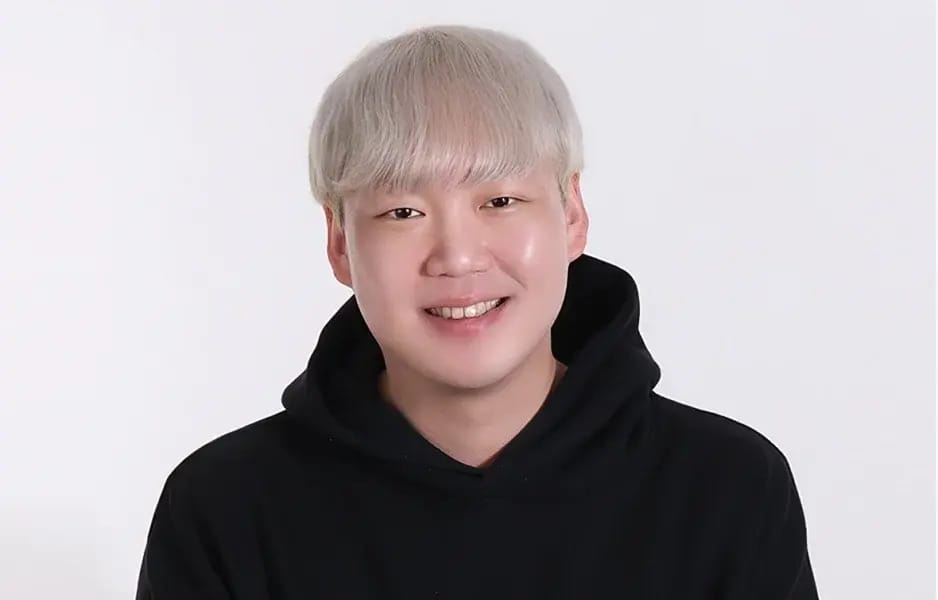
Luke Kim.
What is your main day-to-day job as CEO?
My day-to-day job at Liner primarily involves two things: setting the strategy and building the team to execute that strategy. In AI, strategic thinking has become even more critical, because if you’re just doing everything possible to survive, you might wake up one day and find yourself replaced by OpenAI. So, we’re careful about where we invest our time and focus.
Execution-wise, we constantly need to understand both our customers and the evolving technology. We essentially act as the interface between tech and the customer. Not many people can navigate this fast-moving wave well, so we look for individuals who are not only great at understanding both sides but are also good at learning and unlearning, because what’s true today might not be true tomorrow.
may be the fastest growing startup in the world right now in terms of growth rate.
medium.com/@alexandersyoo…
— Luke Jinu Kim (@lukejinukim)
2:31 AM • Nov 14, 2024
What does your team look like? Who are your direct reports?
Our team has about 60 members. Over half are engineers and researchers working on the product and the underlying technology. The rest include product managers, designers, data analysts, a data engineer, marketing, HR, finance, and me.
We’re organized into traditional cross-functional teams, each with a specific mission and timeline. My direct report will be the board. But I’d say it's more like discussion partners who are trying to figure out what's right with me. And most of the time, I get to choose what we will focus on.
My direct reports function more like a team; I have to convince the team to bet on certain things, while it's not that certain.
Other than that, I work with the Head of Product, Head of Marketing, Head of Tech, HR, and Operations. I also directly manage two strategy-focused individuals—our Chiefs of Staff—who work with me to determine our long-term direction and internal structure. | 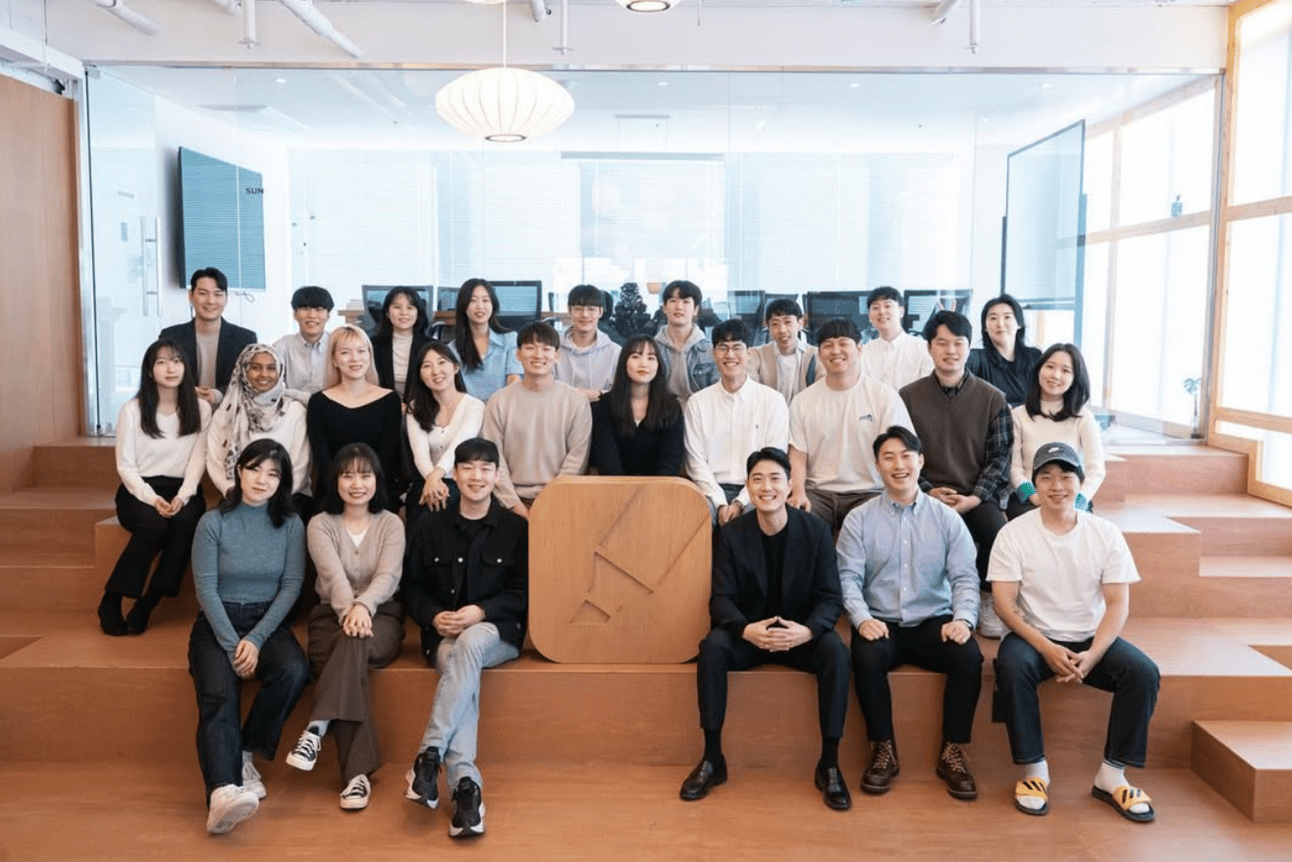 The Liners. |
Tell us about the problem you're trying to solve?
The problem we’ve been trying to solve since 2015 is relatively straightforward: finding reliable information and using it effectively. Most of the information I rely on to get work done comes from the web. Back in 2015, we started by building a simple highlighter for the web, basically, a digital pen you could use to mark important sentences, collect them in one place, and maybe export them to Word or something else.
As more people started using it, hundreds of thousands, we noticed something interesting. Some web pages were highlighted a lot, others not at all. That gave us a signal: the more highlights, the more reliable or useful the content likely was. So we started using that data to recommend reliable articles. That’s what we were doing up until 2022.
Then we saw the rise of Large Language Models. We realized this technology could be key to helping people find reliable information, because now, you wouldn’t have to read through the entire document yourself. | 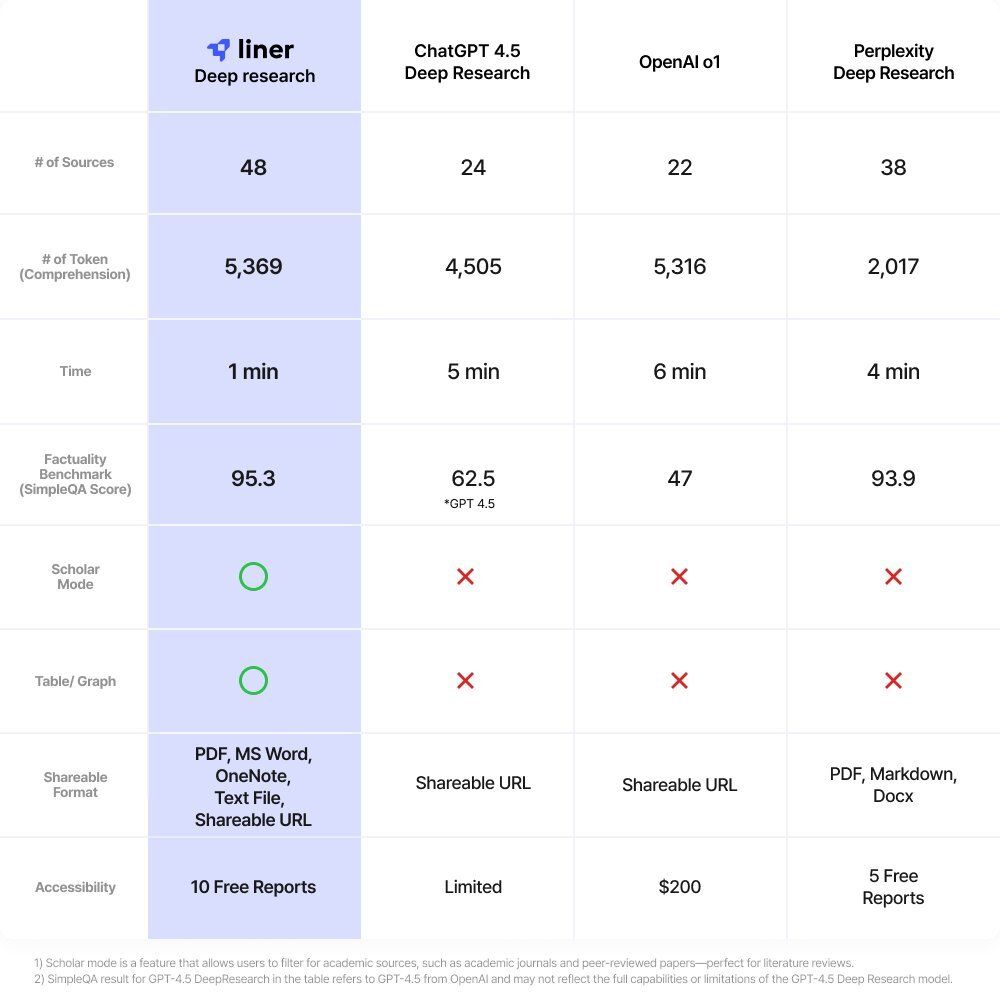 |
So we combined our existing recommender and ranking models with a Large Language Model to create a much more accurate and reliable AI. That became today’s version of Liner. And I’d say the opportunity size hasn’t really changed, because from the beginning, our goal was always to build a better information tool, a productivity tool that’s better than Google.
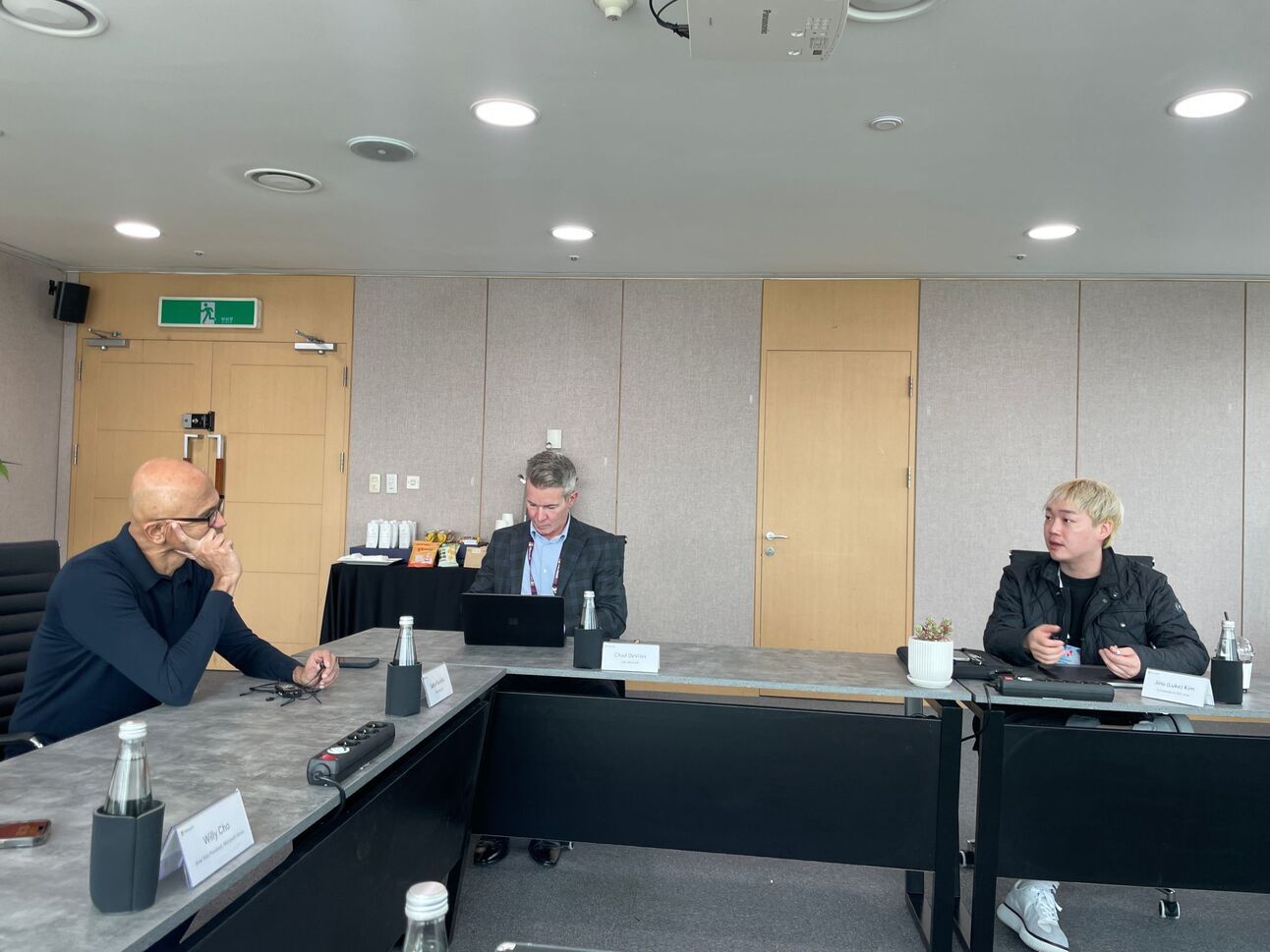
Meet with Satya.
We want people to use their time more efficiently. We believe that will lead to major productivity gains for anyone using Liner. So we curate reliable sources for you, and you can just focus on creating something with that information.
What was the most difficult thing when going from zero to one?
I think the hardest part was always finding product-market fit. We went through three major transitions. First, we started with a highlighter pen—a Chrome extension you could install in your browser. We had to find product-market fit for that.
Then, by analyzing user behavior, we figured out how to recommend articles to our users. That was another product-market fit challenge. And finally, when large language models became powerful enough to build real products, we had to find product-market fit again, even with ChatGPT already on the market. So yeah, that’s definitely been the hardest part.
We've acquired the domain liner.com
Liner is now
(1) The most accurate AI search - liner21.notion.site/Liner-Pro-s-AI…(2) Top 100 AI product 3 times in a row by Andreessen Horowitz -
and...
(3) The shortest URL you can type in among AI Search. ⚡️
— Luke Jinu Kim (@lukejinukim)
11:06 AM • Mar 13, 2025
How do you monetize the product today?
We have a few different business models. First is the subscription model, where consumers pay $18 per month to use Liner. Then we have an API business. For example, Korea’s largest telecom company is currently using Liner to power their own AI agent.
We’re also testing some B2B models, like Liner for Enterprise, where companies subscribe to Liner as a SaaS product, not just individual users.
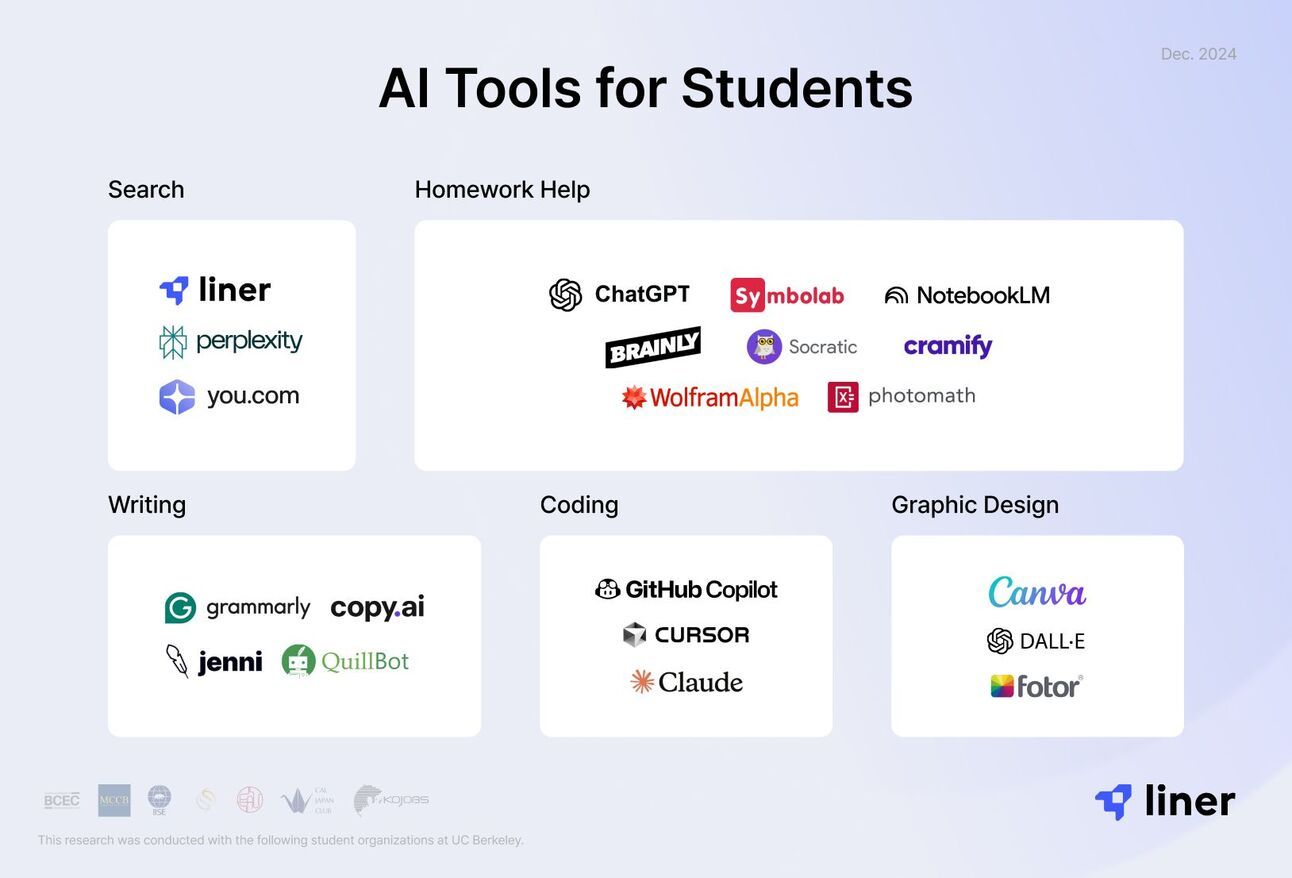


Who is your ICP and how did you identify them?
Our ICP is university students, graduate students, and researchers. The way we identified them was kind of interesting, we didn’t start by targeting them directly. We just built the best product we could.
We created this user experience where you ask a question and get an answer, but not just any answer, we also show reliable sources, thanks to the recommender system we had already built. Since we had access to those documents, we just made them visible.
Then we went out and met users who were getting the most value from Liner. That’s when we saw they were mainly students and researchers. So we asked them: Why are you using Liner instead of ChatGPT? | 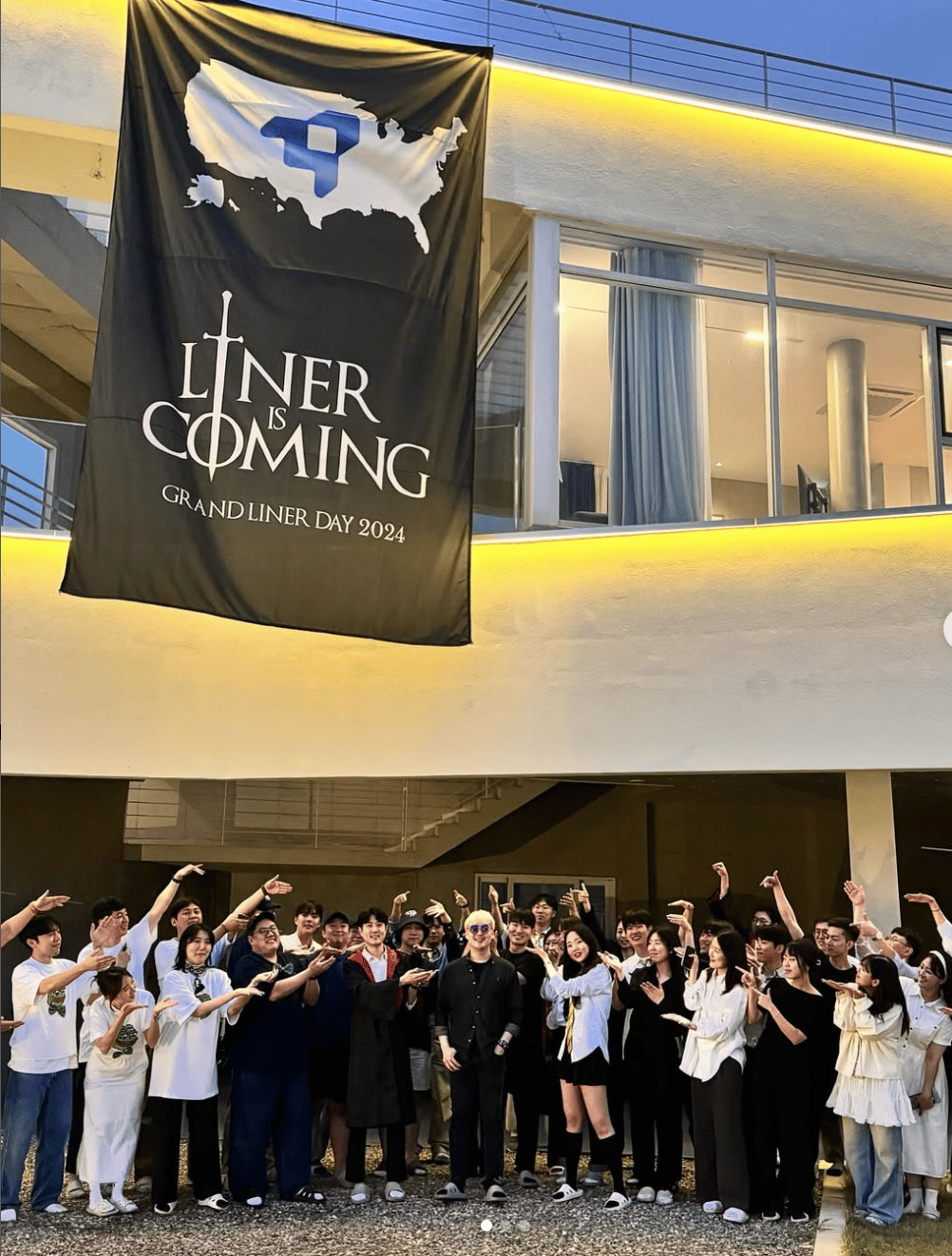 |
That’s how they were able to finish papers, essays, prep for meetings, and more. And that’s how we realized who our ICP really was.
What did the decision-making look like when choosing your ICP?
In the beginning, we wanted to focus on what we do best. We’ve always been a consumer product team—we didn’t have any salespeople, and we’d never built B2B SaaS before. So when we pivoted to AI in 2023, we chose to focus on consumers.
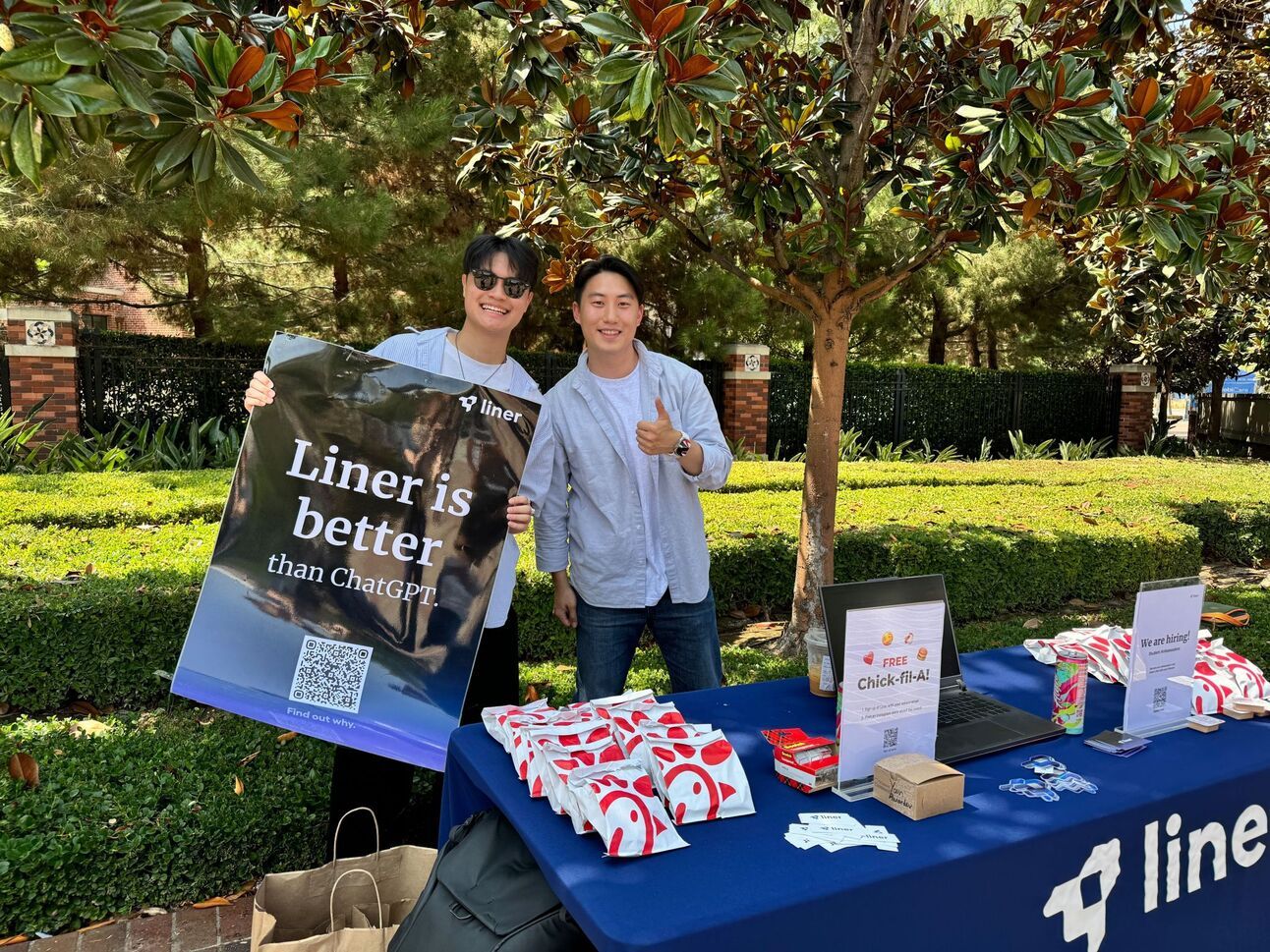
Damn straight.
But now, things are changing. We have more resources, and we’re starting to get user inquiries around using their own papers or proprietary data. That’s opened up some clear use cases for teams and enterprise. So we’ve started building and testing Liner for Teams and Liner for Enterprise.
I’d say our approach is kind of like Dropbox. They started as a consumer product and later expanded into the enterprise space. We're following a similar path.
What is your North Star metric inside and why?
We always try to track at least three or four key metrics—usually one for engagement, one for revenue, and one for tech.
On the tech side, our main focus has been accuracy. While operating an AI search product, we’ve learned that being fast or concise isn’t as important as being correct. So we doubled down on accuracy, and this year, Liner became the most accurate AI search. We use OpenAI’s factuality scoring system to measure how correct our responses are.
We urgently require an AI product that people can trust, with unwavering reliability in conveying facts and knowledge, free from hallucinations. #AI#reliability#trustworthy
— Luke Jinu Kim (@lukejinukim)
6:48 AM • Feb 17, 2024
As for engagement and revenue, we’ve noticed there can be a trade-off. If we push users to subscribe more, revenue goes up, but the user experience might suffer. And if we don’t focus on monetization, engagement grows, but revenue lags.
So we always keep a close eye on both monthly active users and revenue to make sure we’re striking the right balance.
Do you run hybrid, on-site, or remote?
At Liner, we believe in-person collaboration is key to our team's velocity. That's why we've adopted an office-first approach. Our Seoul team works from the office every weekday, while our San Francisco team comes in at least three days a week.
We offer flexibility for our SF team with optional in-office days on Wednesdays and Fridays, helping them manage late-night collaborations across time zones while still benefiting from in-person connection.
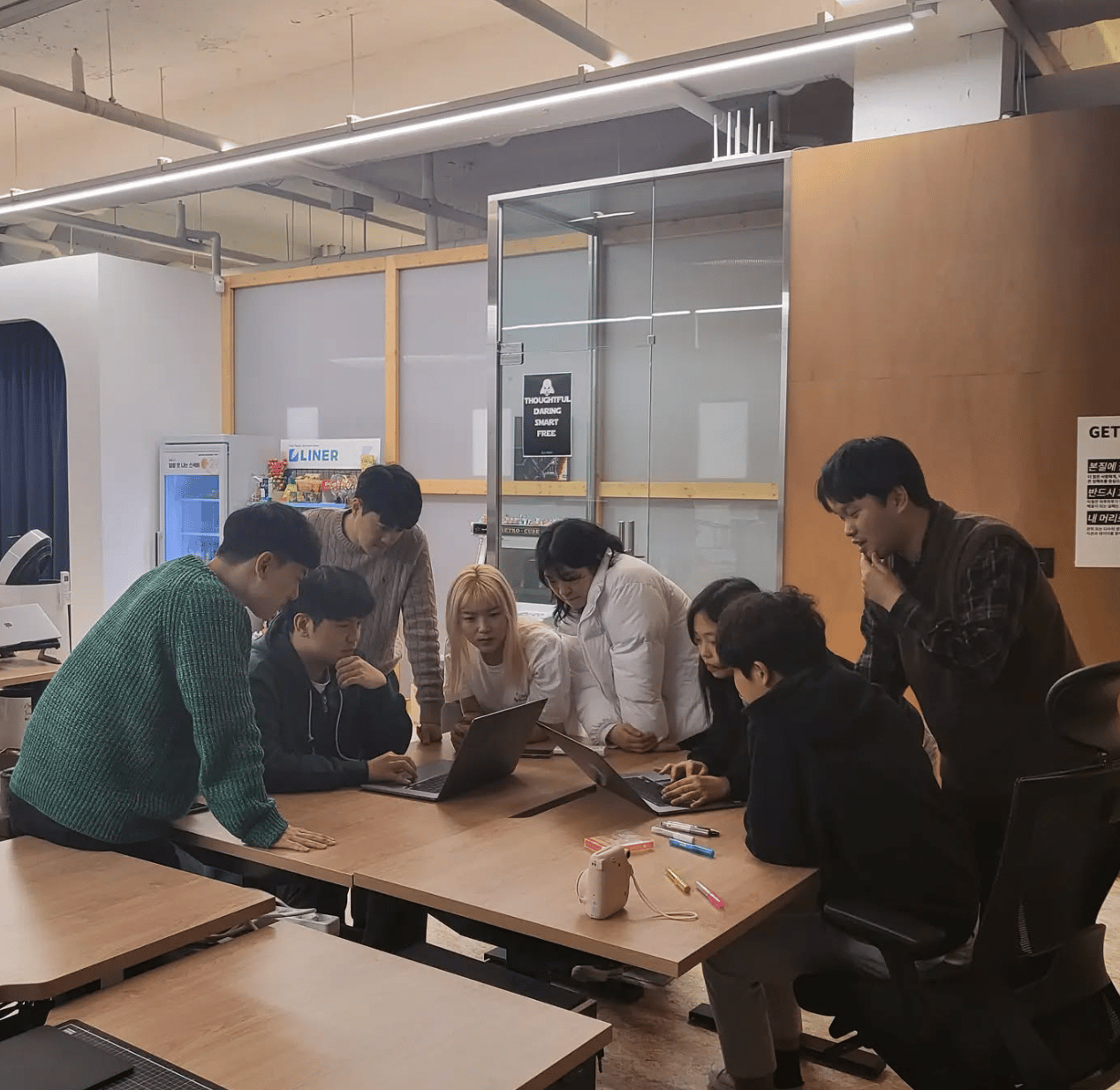 | 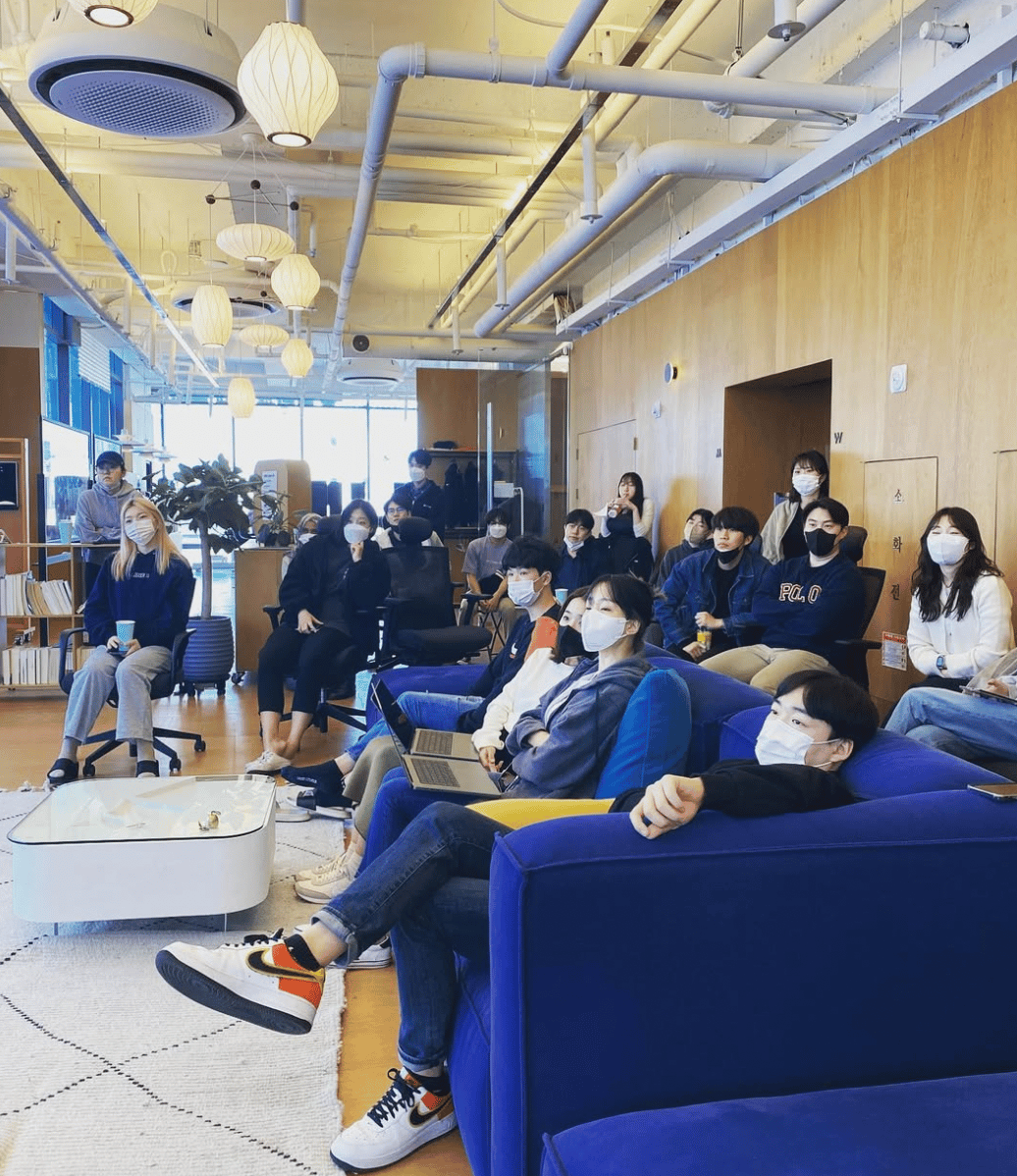 |
💡 Hiring? My startup, Athyna, can help. Our current specialty is in AI and ML engineers. Hard to find, but we can find them!
How do you get the best out of yourself personally and professionally?
I guess I try to do two main things: first, whenever I don’t know the answer to something—which happens a lot—I try not to figure it out alone. I make a point of using other people’s brains as much as I can. I ask a lot of questions, watch tons of business podcasts, and sometimes even dive into things like Chinese history to find useful insights. So yeah, constantly listening, reading, and learning from others is a big one.
Second, I try to manage my energy levels every day. I mark tasks in green if they give me energy and in black if they drain me. At the end of each week, I look at how many greens and blacks I had, and I try to delegate the black ones to people who’ll probably do them better anyway. That way, I can focus on the stuff that energizes me, and it really helps me get more done.
And that’s it! You can follow and connect with Luke over on LinkedIn and Twitter, and don’t forget to check out Liner’s website.

BRAIN FOOD 🧠

TWEETS OF THE WEEK 🐣
A 4.9 star restaurant with only 2 things on menu.
— Vikram Jain (@nomadicvik)
4:00 PM • Jun 14, 2025
Always felt like the logo strips on landing pages were low trust
Does Google _actually_ use your product?
All of logos are active paying users, so we added the paid conversion date and will be linking to customer stories for each one as we knock them out
— Chris Frantz (@frantzfries)
1:04 PM • Jul 18, 2025
So, in Norway 🇳🇴 97% of all cars sold in June were EV.
Let that sink in.
— Alexander Kristensen (@LinkN01)
6:56 AM • Jul 2, 2025
Marc Andreessen’s career advice for the AI era:
— Ben Lang (@benln)
5:51 PM • Jul 1, 2025

TOOLS WE USE 🛠️
Every week we highlight tools we actually use inside of our business and give them an honest review. Today we are highlighting Attio—powerful, flexible and data-driven, the exact CRM your business needs.
See the full set of tools we use inside of Athyna & Open Source CEO here.

HOW I CAN HELP 🥳
P.S. Want to work together?
Hiring global talent: If you’re hiring tech, business or ops talent and want to do it 80% less, check out my startup Athyna. 🌏
Want to see my tech stack: See our suite of tools & resources for both this newsletter and Athyna here. 🧰
Reach an audience of tech leaders: Advertise with us if you want to get in front of founders, investors and leaders in tech. 👀
 |
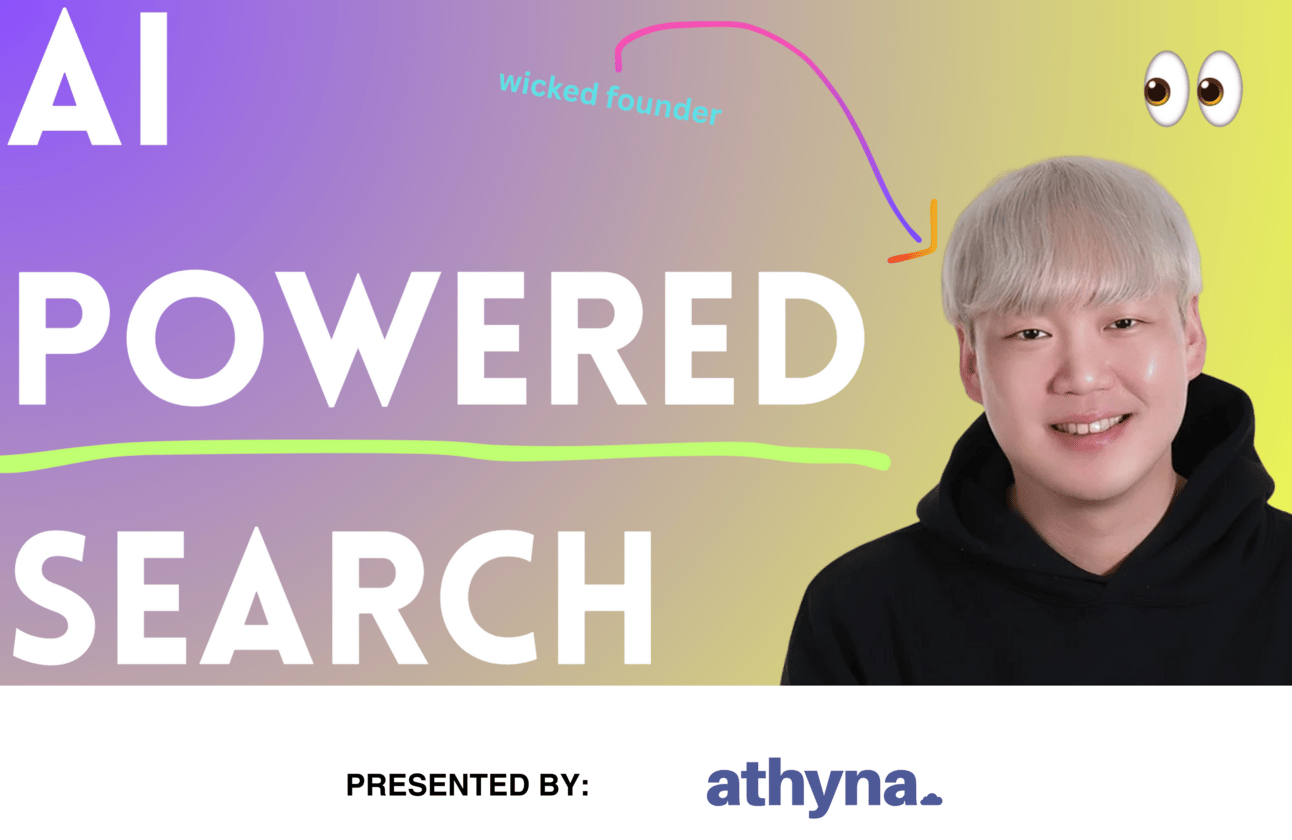
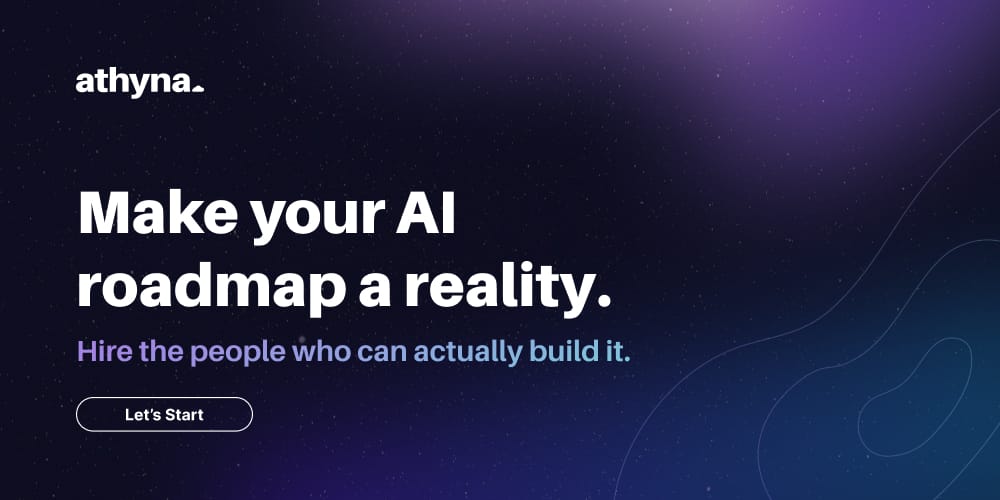

Reply